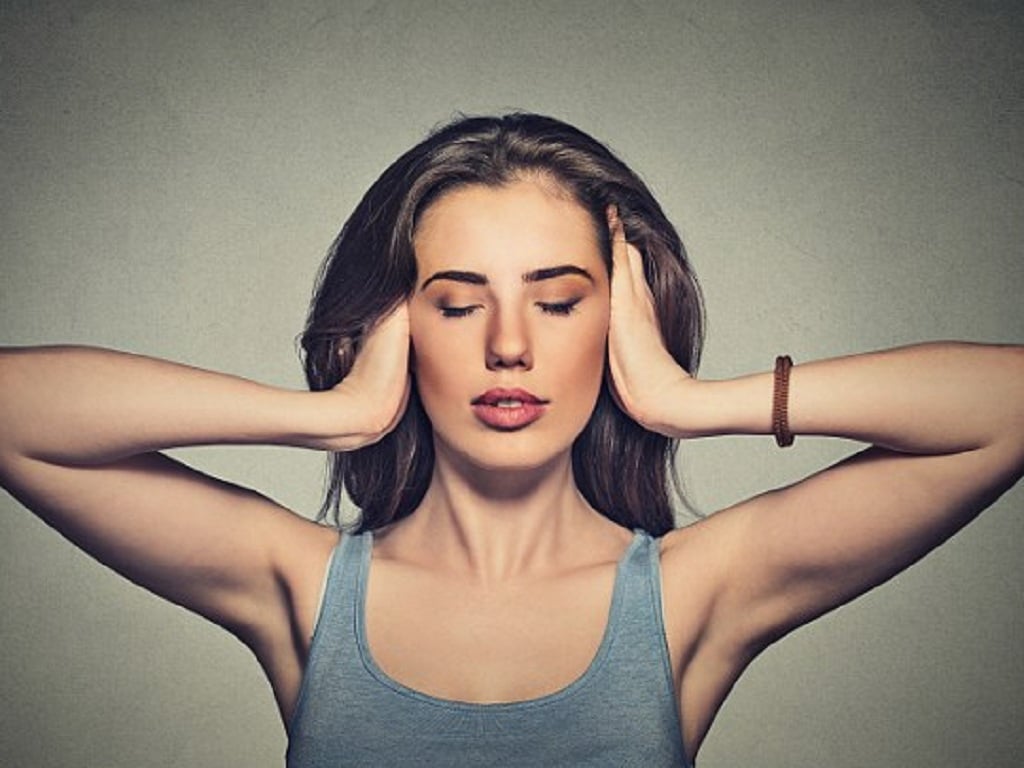Richie Bostock, a breathing expert in London, says many people breathe incorrectly. He estimates that 90 to 95 percent of people breathe in a way that is not optimal, and that does not help the body to be at its healthiest and bring the most joy, he says.
related news
What happens to the body when you stop having sex for a long time?
The most common mistake is to breathe using only the upper part, about 1/3 of the lungs. Breathing originates from the chest, with high and shallow breaths, the shoulders move up and the upper chest moves out a little, but there is very little movement in the abdomen and mid-body.
The correct way to breathe is to breathe from the bottom of your lungs and the exhalation should be longer than the inhalation. The abdomen and chest expand, so expand the chest when inhaling and relax when exhaling.
Breathing classes often focus on meditative breathing, which helps calm and re-energize.
When you breathe, your lungs put oxygen into your blood and release carbon dioxide . The brain monitors the levels of these two gases at all times, adjusting them as needed.
Your heart rate is also synchronized with your breathing. If you slow down your breathing, or even just breathe rhythmically, your heart will slow down to match it.
related news
What happens to your body when you cut out red meat?
When you exhale, you stimulate a nerve that slows down your heart rate – the vagus nerve. When you inhale, you stimulate the sympathetic nerve, and this makes your heart speed up again, according to Mail Online.
When you breathe normally, the inhalation phase is quite long and then the exhalation phase is relatively fast. Conversely, by breathing more rhythmically, you will exhale for a longer time and inhale a little faster, slowing down the overall heart rate.
Studies have shown that the optimal breathing rate for this calming effect is about six breaths per minute, says Dr. Sandercock. (Normal breathing works out at about 12 breaths per minute.)
There is some evidence that breathing at this rate has health benefits.
A small 2015 study published in the American Journal of Psychopharmacology found it could help people with insomnia fall asleep more easily and wake up less during the night, if practiced for 20 minutes before bed, according to Mail Online.
related news
Be careful when reheating these 11 foods to eat, watch out for illness!
Meanwhile, a 2017 Australian review concluded that practicing slow breathing can optimize physical markers related to health and longevity, for example it can reduce blood pressure.
Last year, researchers at Trinity College Dublin (Ireland) were able to explain why yoga breathing - slow, rhythmic breathing during yoga practice - helps improve concentration.
Researchers found that activity in a small area of the brain that produces noradrenaline, which is released when excited or focused, increased when breathing in and decreased when breathing out, according to Mail Online.
By focusing and regulating your breathing, you can optimize your concentration levels.
The inefficient breathing that most of us do on a daily basis leads to low-level suffocation in the body, because not enough oxygen is getting to the cells.
However, overbreathing is also not good for your health. If you breathe faster or deeper than normal or both, your body will exhale too much CO2 , but not take in more oxygen because it is already saturated, and this causes dizziness, or sickness, and can even cause unconsciousness, he said.
And 30 minutes of a breathing class will likely reduce stress hormones like cortisol and noradrenaline.
If you want to relax, simply inhale to a count of 5 and exhale to a count of 5 as well - this means you can breathe at an optimal rate of six breaths per minute.
Source: https://thanhnien.vn/ai-ma-khong-biet-tho-nhung-co-hon-90-hit-tho-khong-dung-cach-185826176.htm































![[Photo] National Assembly Chairman Tran Thanh Man visits Vietnamese Heroic Mother Ta Thi Tran](https://vphoto.vietnam.vn/thumb/1200x675/vietnam/resource/IMAGE/2025/7/20/765c0bd057dd44ad83ab89fe0255b783)








































































Comment (0)